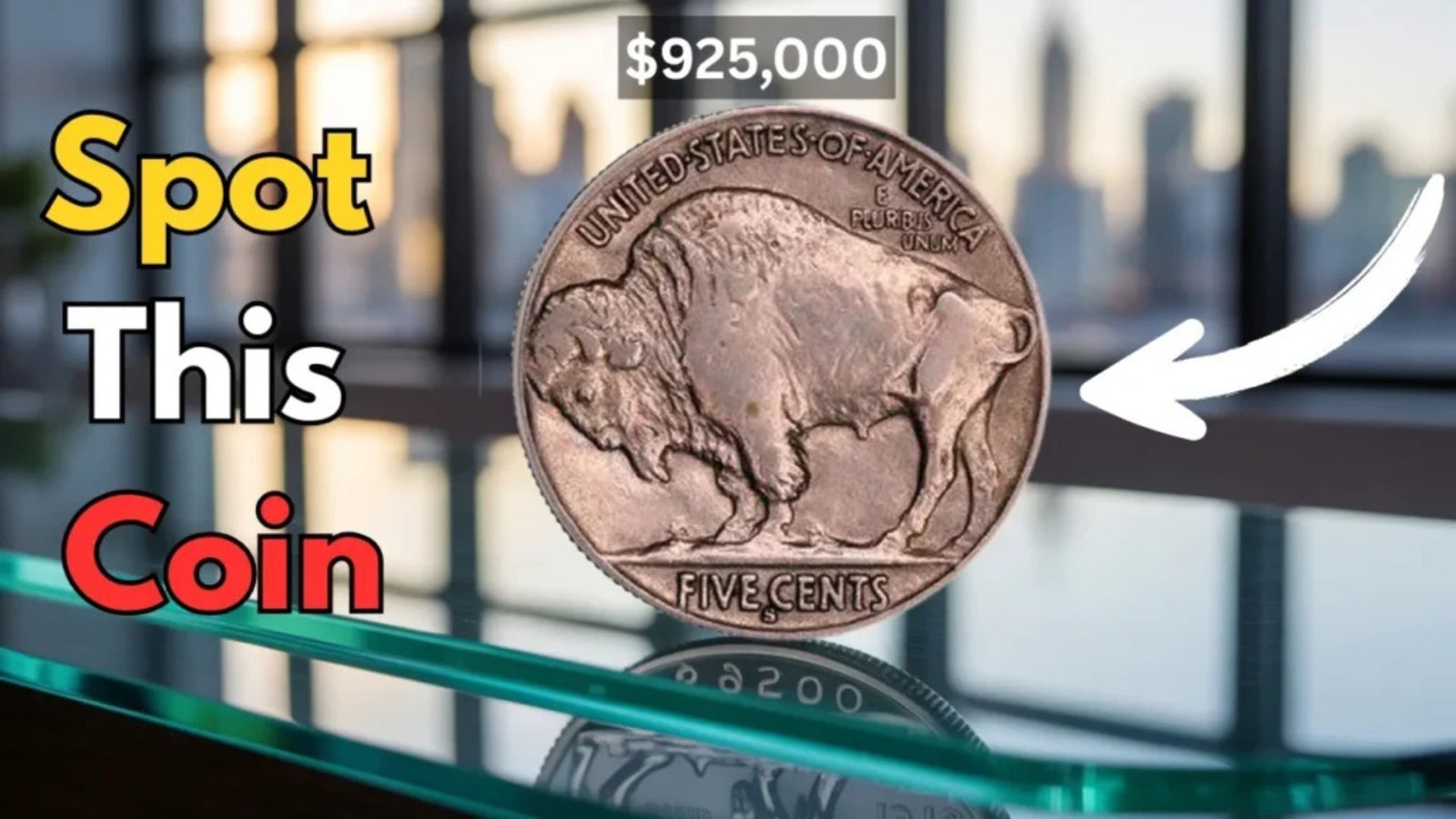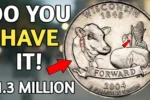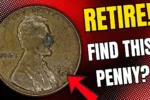Buffalo Nickel : Imagine unknowingly spending a coin worth nearly a million dollars on a cup of coffee. That’s exactly what could be happening with a specific version of the Buffalo Nickel, now valued at up to $925,000. Despite its incredible worth, this rare coin may still be in circulation today, quietly moving from hand to hand as if it were an ordinary five-cent piece.
The Buffalo Nickel’s Bold and Historic Design
The Buffalo Nickel, officially known as the Indian Head Nickel, was produced by the U.S. Mint from 1913 to 1938. Designed by renowned sculptor James Earle Fraser, it features a dignified Native American portrait on one side and a powerful American bison on the other. Its artwork is widely celebrated for capturing the raw, rugged spirit of early 20th-century America.
What Makes This Buffalo Nickel Worth $925,000
While millions of Buffalo Nickels were struck, only a few specific types are worth serious money. One such example has been appraised at $925,000 due to its extreme rarity and historical significance. These high-value nickels often feature rare minting errors, such as the 1916 Doubled Die Obverse, or unusual overdates like the 1918/7-D. These small anomalies are nearly invisible to the average person but are worth a fortune to collectors.
Rare, Yet Easily Overlooked in Everyday Use
What’s most astonishing is that coins like this haven’t all been pulled from circulation. Many Buffalo Nickels are still used as novelty coins, handed out in change or stored away in jars and drawers. Because the rare versions look so similar to the common ones—especially if worn down—it’s easy to miss the valuable differences. That means a $925,000 nickel might still be hiding in someone’s pocket or bank roll.
How This Rare Coin Slips Through the Cracks
Despite its rarity, the $925,000 Buffalo Nickel doesn’t necessarily look special to the untrained eye. Most people wouldn’t notice the subtle differences in date placement or mint marks without close inspection. That’s why collectors are always on the lookout, checking for precise details that could indicate a rare find. Even small variations can mean the difference between an ordinary coin and a once-in-a-lifetime discovery.
Collectors Are on the Hunt—And So Should You Be
Coin experts know what to look for, but the average person may not. Identifying a rare Buffalo Nickel involves looking closely at the year, the condition of the coin, and specific minting errors. The most valuable versions are typically well-preserved, but even a slightly worn coin with the right traits can be worth a small fortune. The excitement lies in the possibility that the next rare nickel could be hiding in your spare change.
The Enduring Mystery of the Buffalo Nickel
The $925,000 Buffalo Nickel is more than just a rare coin—it’s a symbol of how overlooked history and hidden value can live among us in the everyday. It’s a reminder that great discoveries don’t always come in shiny packages or collector’s boxes. Sometimes, they’re sitting unnoticed in your wallet. This is why the Buffalo Nickel continues to fascinate both collectors and dreamers alike.
Frequently Asked Questions (FAQs..)
Q1: What exactly is the Buffalo Nickel?
The Buffalo Nickel, also called the Indian Head Nickel, is a five-cent coin minted in the United States from 1913 to 1938. It features a Native American on the front and an American bison (buffalo) on the back. It was designed by sculptor James Earle Fraser and is a favorite among collectors for its artistic and historical value.
Q2: Why is one Buffalo Nickel worth $925,000?
Not all Buffalo Nickels are valuable, but one specific version is worth up to $925,000 due to a rare minting error or a unique date-and-mint combination. Coins like the 1916 Doubled Die Obverse or the 1918/7-D overdate are incredibly rare, especially in high-grade condition. Their scarcity and demand among collectors drive the value.
Q3: How can I tell if I have a valuable Buffalo Nickel?
Check the date and mint mark (often under the “Five Cents” on the reverse). Look for rare years like 1913 (especially Type 2), 1916 with doubling on the date and Liberty, or the 1918/7-D. If the date is worn off, it’s likely a common coin. If you think you have something rare, have it evaluated by a coin grading service.
Q4: Are rare Buffalo Nickels really still in circulation?
Yes, though very rare, some valuable Buffalo Nickels may still be out there, especially in old collections, coin jars, or bank rolls. Since many people don’t recognize their potential value, it’s possible for these coins to be spent or saved unknowingly.




